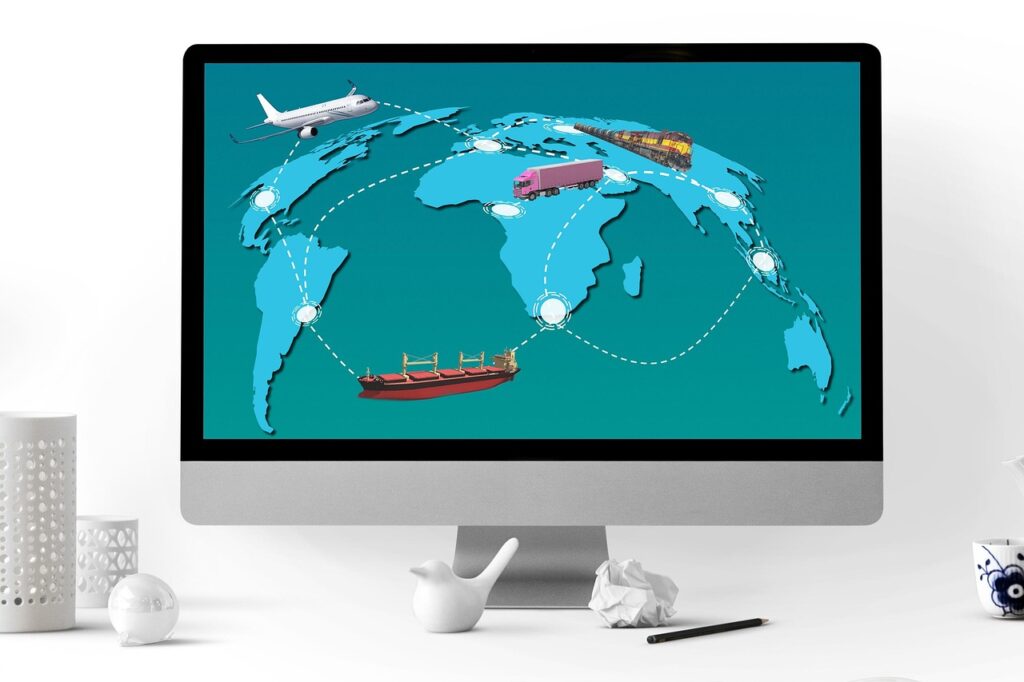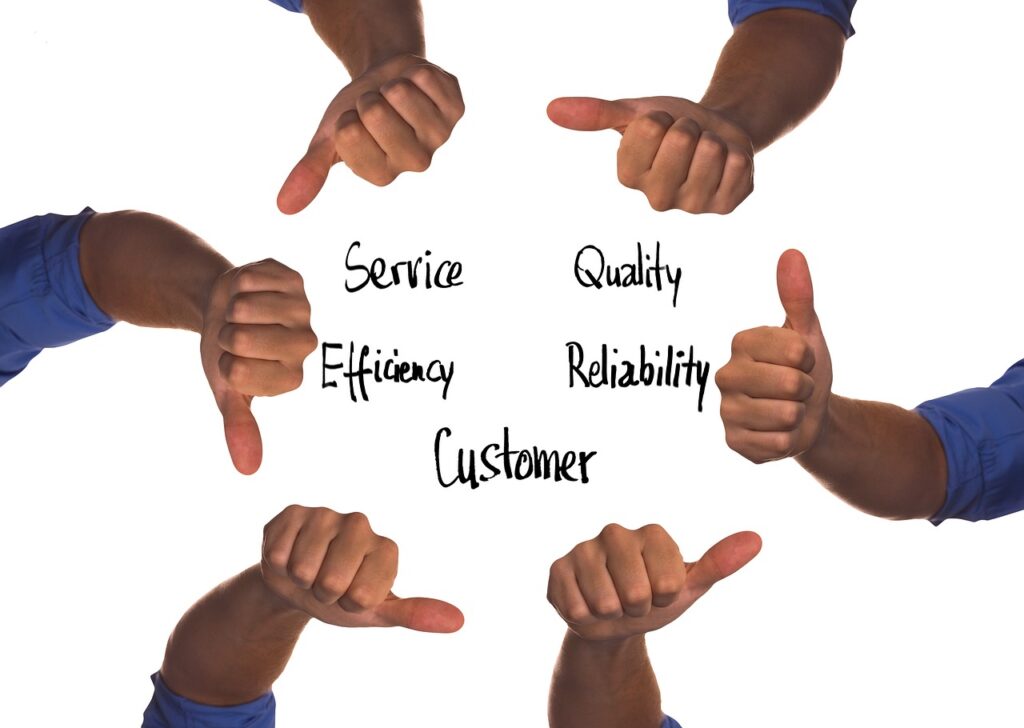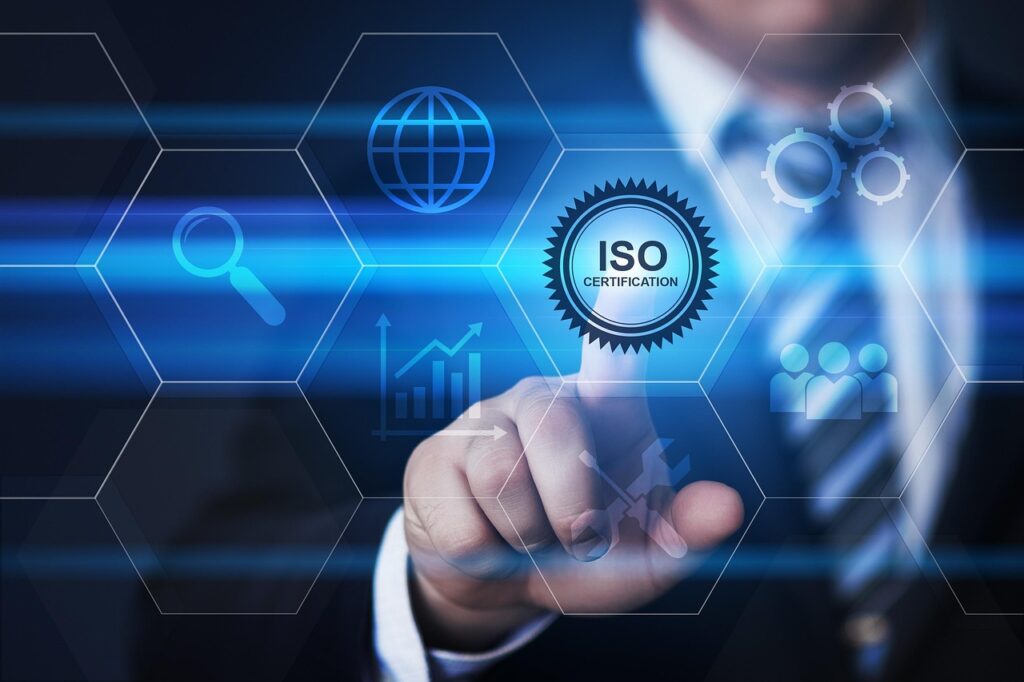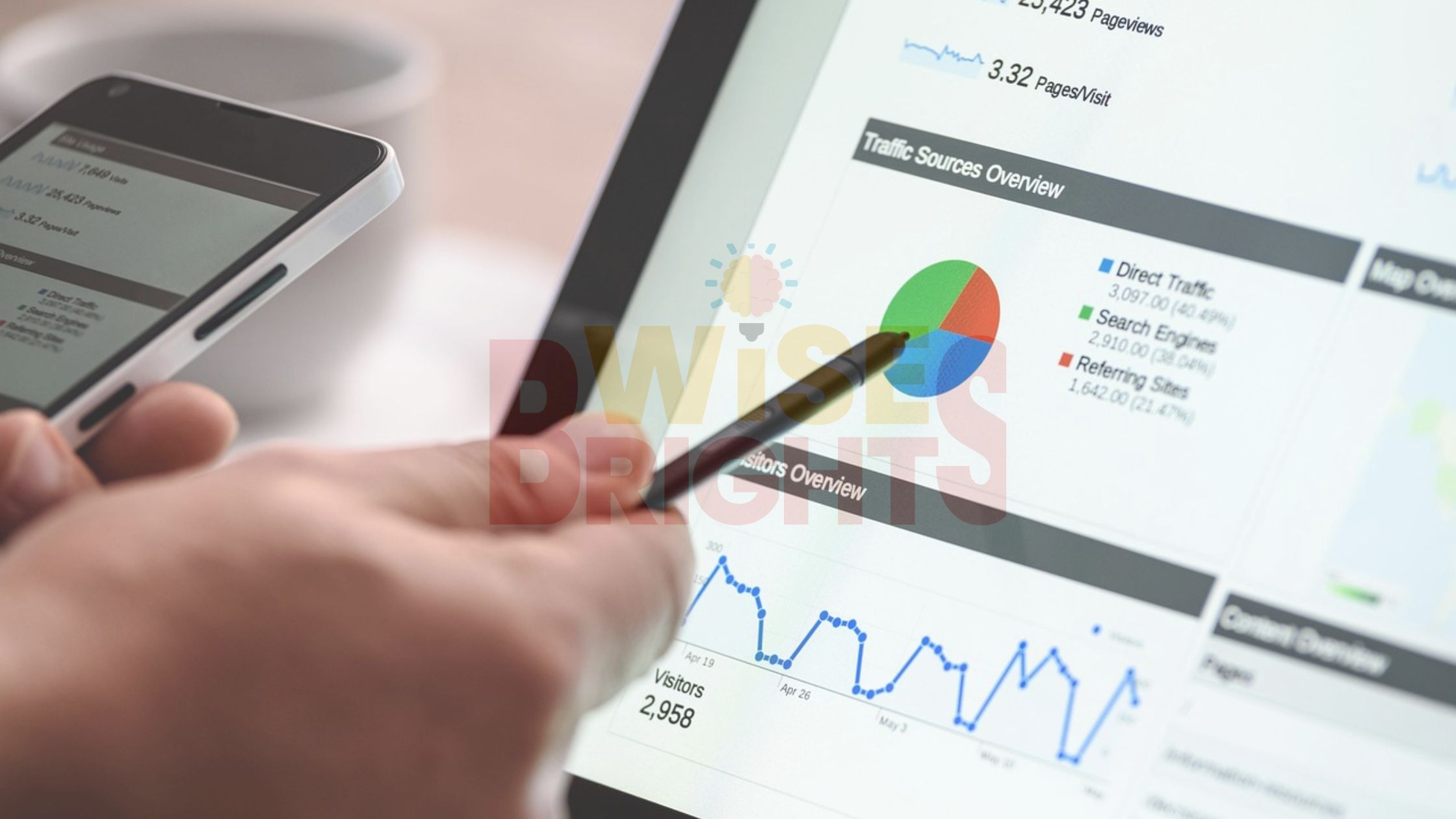The Internet of Things (IoT) has quietly revolutionized the way businesses operate, making what once seemed like science fiction a part of everyday corporate reality. From smart sensors monitoring factory equipment to connected devices tracking customer preferences, IoT technology has woven itself into the fabric of modern business operations. This interconnected network of devices, sensors, and systems has fundamentally changed how companies collect data, make decisions, and create value for their customers.
The Operational Efficiency Revolution
Real-Time Monitoring and Automation
Companies across industries have discovered that IoT devices provide an unprecedented level of visibility into their operations. Manufacturing plants now use connected sensors to monitor production lines in real-time, automatically adjusting settings when quality metrics drift outside acceptable ranges. This level of automation has reduced human error and increased consistency in output quality.
Smart buildings equipped with IoT sensors automatically adjust lighting, temperature, and ventilation based on occupancy and environmental conditions. These systems learn usage patterns and optimize energy consumption without requiring constant human intervention, creating more comfortable work environments while reducing operational costs.
Predictive Maintenance Reducing Downtime
One of the most significant impacts of IoT has been on maintenance strategies. Traditional reactive maintenance approaches, where companies wait for equipment to fail before fixing it, have given way to predictive maintenance models. IoT sensors continuously monitor equipment health, measuring vibrations, temperature, pressure, and other critical parameters.
This data allows maintenance teams to identify potential failures weeks or months before they occur. Airlines now monitor jet engines in flight, scheduling maintenance based on actual component wear rather than arbitrary time intervals. This approach has reduced unexpected breakdowns by up to 70% in some industries while extending equipment lifespan.
Supply Chain Visibility and Optimization
IoT has brought transparency to supply chains that were once opaque and difficult to manage. GPS-enabled tracking devices provide real-time location data for shipments, while environmental sensors monitor temperature, humidity, and shock conditions during transport. This visibility is particularly valuable for industries dealing with perishable goods or sensitive materials.

Retailers can now track products from manufacturing through delivery to the end customer. This level of visibility helps companies identify bottlenecks, optimize routing, and provide accurate delivery estimates to customers. When disruptions occur, businesses can quickly identify alternative suppliers or shipping routes.
Data-Driven Decision Making Takes Center Stage
Advanced Analytics and Business Intelligence
The explosion of data generated by IoT devices has transformed how businesses approach decision-making. Companies that once relied on quarterly reports and annual surveys now have access to continuous streams of operational data. This information provides insights into customer behavior, operational efficiency, and market trends with unprecedented granularity.
Retail chains analyze foot traffic patterns using IoT sensors to optimize store layouts and staffing levels. Restaurants monitor customer dwell times and ordering patterns to improve service delivery and menu optimization. This real-time feedback loop enables businesses to make adjustments quickly rather than waiting for traditional reporting cycles.
Customer Behavior Insights
IoT devices have opened new windows into customer preferences and behaviors. Smart appliances report usage patterns, fitness trackers reveal activity levels, and connected vehicles provide driving behavior data. While privacy concerns must be carefully managed, this information helps companies develop more targeted products and services.

Subscription box companies use IoT data from smart scales and sensors to understand consumption patterns, automatically adjusting delivery schedules and quantities. This personalized approach reduces waste while improving customer satisfaction.
New Business Models and Revenue Streams
Product-as-a-Service Revolution
IoT connectivity has enabled companies to shift from selling products to selling outcomes. Equipment manufacturers now offer their products as services, maintaining ownership while charging customers based on usage or performance metrics. This model transfers maintenance risks from customers to manufacturers while providing predictable revenue streams.
Tire manufacturers track vehicle usage and road conditions to offer tire-as-a-service packages, replacing tires based on actual wear rather than mileage estimates. Software companies embed IoT capabilities into physical products, creating ongoing revenue opportunities through feature updates and premium services.
Platform-Based Business Ecosystems
IoT has facilitated the creation of platform businesses that connect multiple stakeholders. Smart city initiatives bring together government agencies, utility companies, and technology providers on integrated platforms. These ecosystems create value by facilitating data sharing and coordinated responses to urban challenges.

Agricultural technology companies have built platforms that connect farmers, equipment manufacturers, and agricultural input suppliers. These platforms provide integrated solutions for crop monitoring, equipment management, and supply chain optimization.
Enhanced Customer Experience Through Connectivity
Personalized Products and Services
IoT enables mass customization at scale, allowing companies to tailor products and services to individual customer needs. Smart thermostats learn family schedules and preferences, automatically adjusting temperatures throughout the day. Streaming services use viewing behavior data from connected devices to recommend content and optimize bandwidth allocation.
This personalization extends beyond digital products to physical goods. Automobile manufacturers use driving behavior data to suggest maintenance schedules, recommend route optimizations, and even adjust insurance premiums based on actual driving patterns rather than demographic assumptions.
Proactive Customer Support
IoT devices enable companies to identify and resolve problems before customers even realize they exist. Home appliance manufacturers monitor device performance remotely, dispatching repair technicians when sensors indicate potential failures. This proactive approach improves customer satisfaction while reducing support costs.

Software companies push updates to connected devices automatically, fixing security vulnerabilities and adding new features without requiring customer intervention. This seamless experience has become an expectation rather than a luxury in many product categories.
Industry-Specific Transformations
Manufacturing: The Smart Factory Revolution
Manufacturing has perhaps seen the most dramatic transformation through IoT adoption. Smart factories integrate connected machinery, robotic systems, and human workers into coordinated production ecosystems. These facilities can automatically adjust production schedules based on demand forecasts, equipment availability, and supply chain constraints.
Quality control has evolved from sampling-based inspections to continuous monitoring throughout the production process. Defects are identified and corrected in real-time, reducing waste and improving product consistency.
Retail: Smart Stores and Inventory Management
Retail environments have become increasingly intelligent through IoT deployment. Smart shelves automatically detect when products are running low, triggering reorder processes without human intervention. Digital price tags update automatically based on demand, competitor pricing, and inventory levels.

Customer journey mapping through beacon technology and mobile app integration provides insights into shopping patterns and preferences. This information helps retailers optimize store layouts, product placement, and promotional strategies.
Challenges and Considerations
Security and Privacy Concerns
The proliferation of connected devices has created new attack surfaces for cybercriminals. Companies must invest heavily in cybersecurity measures to protect both their operational systems and customer data. Regular security updates, network segmentation, and employee training have become essential components of IoT deployments.
Privacy regulations like GDPR and CCPA require companies to be transparent about data collection and provide customers with control over their personal information. Balancing personalization benefits with privacy protection remains an ongoing challenge for many organizations.
Integration Complexity and Costs
Implementing IoT solutions often requires significant upfront investments in hardware, software, and training. Legacy systems may not be compatible with modern IoT platforms, necessitating costly upgrades or replacements. Companies must carefully evaluate the return on investment for IoT initiatives, considering both direct cost savings and indirect benefits like improved customer satisfaction.
Looking Forward: The Future of IoT in Business
The convergence of IoT with artificial intelligence, edge computing, and 5G networks promises to unlock even more transformative possibilities. Real-time decision-making will become more sophisticated as processing power moves closer to data sources. Autonomous systems will handle increasingly complex tasks with minimal human oversight.
Sustainability initiatives are driving new IoT applications focused on environmental monitoring and resource optimization. Smart buildings reduce energy consumption, connected vehicles optimize routing to minimize emissions, and precision agriculture techniques reduce water and fertilizer usage.
According to Wikipedia’s comprehensive overview, the Internet of Things encompasses a vast network of interconnected devices that continue to expand exponentially, with billions of connected devices already deployed worldwide and projections for continued growth in the coming years.
The Internet of Things has fundamentally altered the business landscape, creating new opportunities while presenting unique challenges. Companies that successfully navigate IoT implementation stand to gain competitive advantages through improved efficiency, better customer experiences, and innovative business models. As the technology continues to evolve, its impact on business operations will only deepen, making IoT literacy essential for future business leaders.
Those who embrace this connected future while carefully managing its risks will be best positioned to thrive in an increasingly digital business environment.
Conclusion
The transformation brought about by the Internet of Things represents more than just a technological shift—it’s a fundamental reimagining of how businesses operate, compete, and create value. From manufacturing floors to retail stores, from supply chains to customer relationships, IoT has touched virtually every aspect of modern commerce.
Organizations that have successfully integrated IoT solutions report measurable improvements in operational efficiency, customer satisfaction, and bottom-line results. The ability to make data-driven decisions in real-time, predict and prevent problems before they occur, and create personalized experiences at scale has become a significant competitive differentiator.
However, the journey toward IoT adoption is not without its challenges. Companies must navigate complex security considerations, invest in new skills and technologies, and carefully balance the benefits of data collection with privacy concerns. The most successful implementations are those that start with clear business objectives and build comprehensive strategies that address both technical and organizational requirements.
As we look toward the future, the convergence of IoT with emerging technologies like artificial intelligence, 5G networks, and edge computing promises even greater possibilities. The businesses that begin building their IoT capabilities today will be best positioned to capitalize on these future opportunities and maintain their competitive edge in an increasingly connected world.





